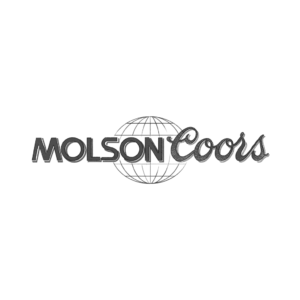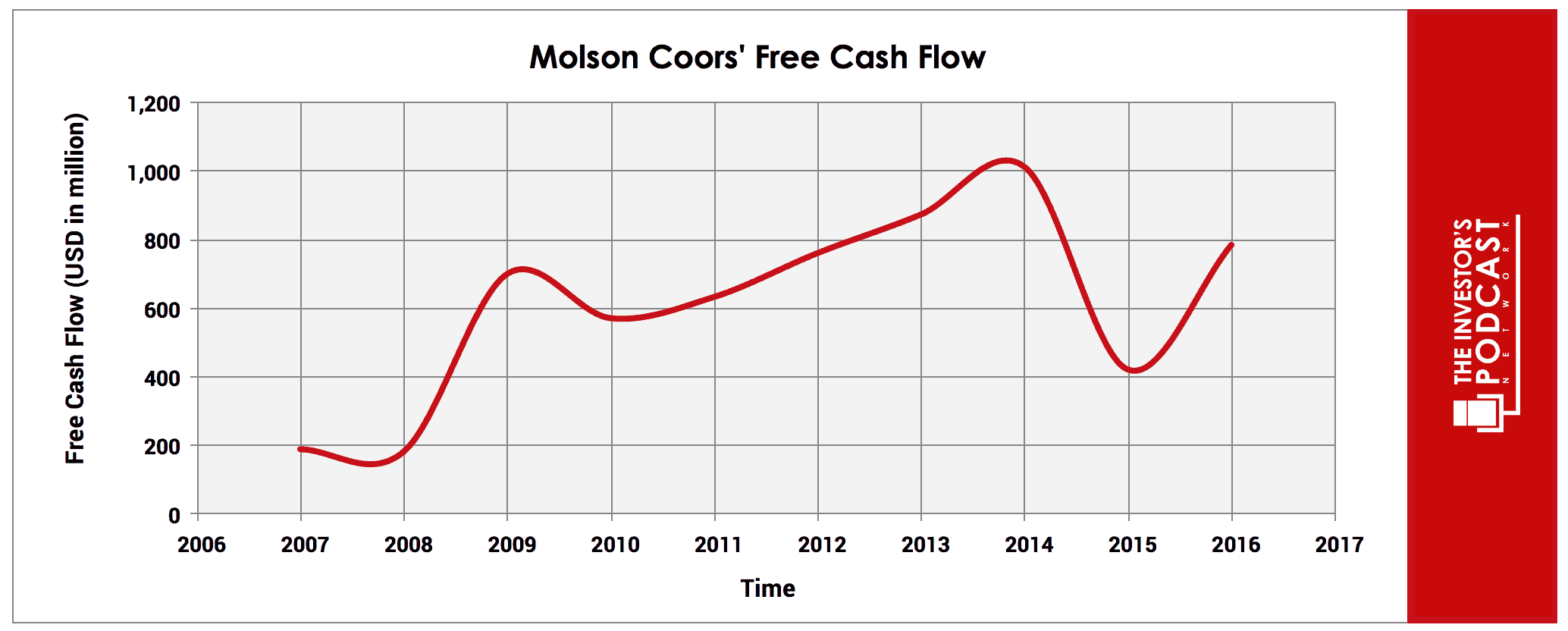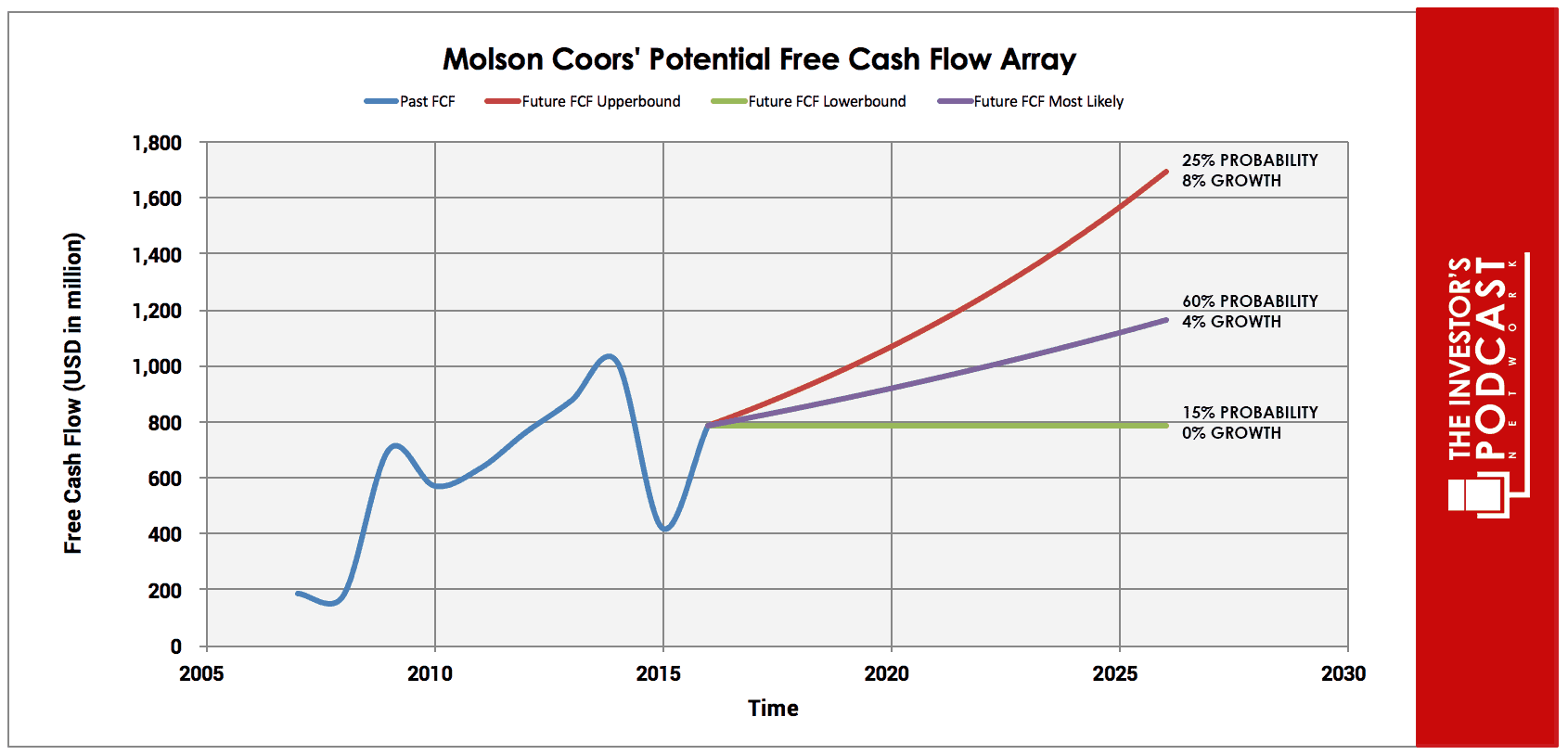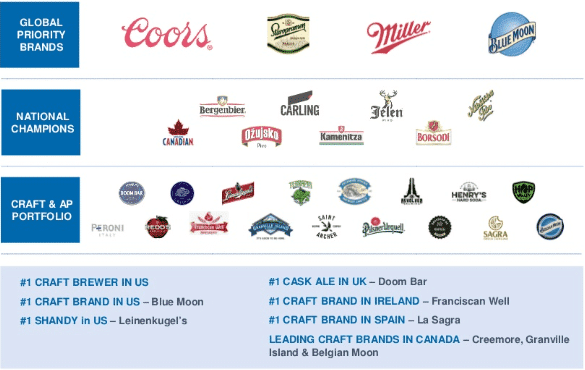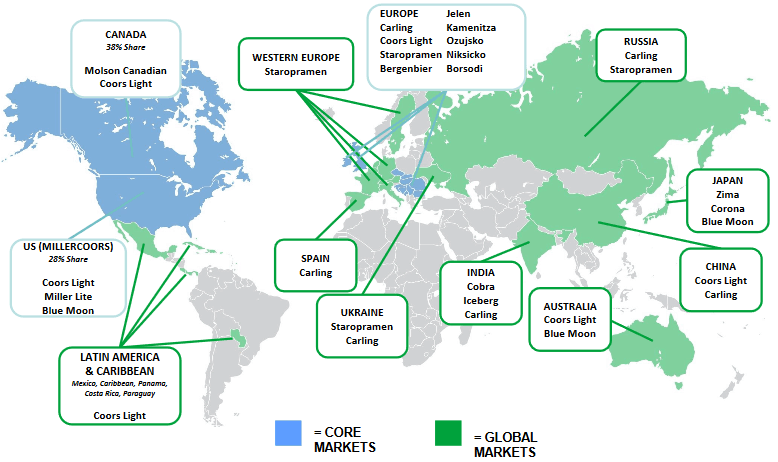Intrinsic Value Assessment Of Molson Coors (TAP)
By David J. Flood From The Investor’s Podcast Network | 17 February 2018
INTRODUCTION
Molson Coors Brewing Co. is an American based multinational brewing corporation whose principal business involves the manufacture and sale of alcoholic beverages. The company employs a workforce of around 18,000 employees, owns and operates 31 breweries, and sells its brands in over 50 countries. Molson Coors is currently a member of the Fortune 500 list with a market cap of $15.98 Billion, its revenues and free cash flows for the previous financial year were around $4.9 Billion and $0.78 Billion respectively. The company’s common stock has fluctuated between a low of $73 and a high of $102 over the past 52 weeks and currently stands at around $74. Is Molson Coors undervalued at the current price?
THE INTRINSIC VALUE OF MOLSON COORS
To determine the intrinsic value of Molson Coors, we’ll begin by looking at the company’s history of free cash flow. A company’s free cash flow is the true earnings which management can either reinvest for growth or distribute back to shareholders in the form of dividends and share buybacks. Below is a chart of Molson Coors’ free cash flow for the past ten years.
As one can see, the company’s free cash flow has been growing over the past decade at an annualized rate of around 11%. The fluctuations present in the chart are due to accretive acquisitions that the company has made. To determine Molson Coors’ intrinsic value, an estimate must be made of its potential future free cash flows. To build this estimate, there is an array of potential outcomes for future free cash flows in the graph below.
When examining the array of lines moving into the future, each one represents a certain probability of occurrence. The upper-bound line represents an 11% growth rate which is based on the company’s historical rate of free cash flow growth referenced above.
Trailing twelve-month revenues have risen to $10.7 Billion and $1 Billion respectively since Molson Coors completed the takeover of the remaining 58% share in the MillerCoors joint venture of which it already held ownership. It is unsure uncertain that the company can achieve $2 Billion in annual free cash flow in the next ten years despite the enhancement of competitive advantages and growth in market share this brings. When a company grows, it is typically perceived as good, but one must always consider at what cost. In this situation, both more equity has been issued which dilutes the ownership of the existing shareholder, and more debt has been issued too. As such, the author has assigned a 25% possibility of occurrence of this outcome of an 8% growth
The middle growth line represents a conservative 4% growth rate which is based on the company’s historical revenue growth rate that, including the ambitious expansion, has been 6% historically. Revenues tend to be far more stable than earnings and offer a more realistic estimate of long-term future growth. For this reason, it has been assigned a 60% probability of occurrence.
The lower bound line represents a 0% growth rate in free cash flow growth and has been assigned a 15% probability of occurrence. This lower bound rate assumes that the company’s growth slows dramatically over the coming decade in the event of a serious economic crisis. While Molson Coors business is somewhat cyclical, demand for its products is highly unlikely to see a dramatic decline and its competitive advantages could allow it to strengthen its competitive position and market share in a recessionary environment.
Assuming these potential outcomes and corresponding cash flows are accurately represented, Molson Coors might be priced at a 5.3% annualized return if the company can be purchased at today’s price. We’ll now look at another valuation metric to see if it corresponds to this estimate.
Based on Molson Coors’ current Earnings yield, which is the inverse of its EV/EBIT ratio, the company is projected to yield 14.22%. This is significantly above the firm’s 10-year historical median average of 6.7% suggesting that the company is undervalued relative to its historical average. Finally, we’ll look at Molson Coors’ Shiller P/E ratio, a metric which uses inflation-adjusted earnings over a 10-year period. At the current market price, Molson Coors is priced at a Shiller P/E of x18.58 which is moderately below the firm’s 10-year median average of x20.41. This suggests that the firm is undervalued.
Taking all these points into consideration, it seems reasonable to assume that Molson Coors is trading at a moderate discount to fair value at present. Furthermore, the company may return around 7-8% at the current price if the estimated free cash flows are achieved. Now, let’s discuss how and why these free cash flows could be realized.
THE COMPETITIVE ADVANTAGE OF MOLSON COORS
Molson Coors has various competitive advantages outlined below.
- Scale Advantage. Due to its size and scope of operations, Molson Coors enjoys economies and efficiencies of scale meaning it can maintain higher operating and profit margins than virtually all its competitors. At present, the firm is the second largest brewer in the US through the MillerCoors joint venture with SABMiller. It is also the leading brewer in Canada and a top-tier brewer in the UK and Central Europe. This scale advantage allows the firm to outperform its peers on some key performance metrics which can be seen in the table below.
- Brand Power. Molson Coors possesses a portfolio of powerful brands including Coors, Miller, Blue Moon, Carling, and Many of these brands are number one in their respective markets and create strong bonds of loyalty between customers and the company.
Figure 1: Barclays Global Consumer Staples Conference; Sept 2017
- Oligopoly Status. The alcoholic beverage market is presently dominated by a small number of firms who dominate market share. Molson Coors currently owns a 28% share of the U.S. Beer market and a 38% share of the Canadian Beer market. The scale advantages and branding power of Molson Coors make it extremely difficult for new entrants to challenge for market share. The secular trend in this market over recent years has been toward consolidation and not fragmentation. Assuming that customer habits don’t change dramatically, this oligopoly is likely to remain for the foreseeable future.
Figure 2: Molson Coors YTD Presentation; 2017
MOLSON COORS’ RISKS
Now that Molson Coors’ competitive advantages have been considered, let’s look at some of the risk factors which could impair my assumptions of investment return.
- While Molson Coors does possess multiple competitive advantages, there still exists a possibility that one of its existing rivals could mount a challenge to erode its competitive advantages and move on its market share. A small number of competitors including Anheuser-Busch possess the necessary capital and resources to mount this challenge.
- Given the recent rise in the popularity of micro-breweries and niche beers, there is a possibility that consumer habits begin to shift aware of traditional brands. This could result in a reversal of the trend of consolidation toward fragmentation. In the event of this happening, Molson Coors would have to take steps to adapt to these changing consumer habits.
- The emergence of a serious economic crisis similar to that witnessed in 2008 could materially impact the company’s revenues and profits leading to lower growth in the coming years. While Molson Coors possesses numerous competitive advantages, a major decline in global economic growth would be detrimental to the company’s economic performance given the somewhat cyclical nature of the market. Consumer staples do, however, tend to be far more resilient to the recessionary environment than the consumer discretionary market.
OPPORTUNITY COSTS
Whenever an investment is considered one must compare it to any alternatives to weigh up the opportunity cost. At present, 10-year treasuries are yielding 2.86%. If we take inflation into account, the real return is likely to be closer to 1%. The S&P 500 Index is currently trading at a Shiller P/E of 31.7x, 88.7%% higher than the historical mean of 16.8x. This gives the S&P500 an implied future annual return of -2.6% assuming reversion to the mean occurs. While Molson Coors appears to offer a higher rate of return than both US Treasuries and the S&P 500 other individual stocks may be found which may offer a more favorable return relative to the risk profile.
MACRO FACTORS
Investors must consider macroeconomic factors that may impact economic and market performance as this could influence investment returns.
At present, the S&P is priced at a Shiller P/E of 31.7x. This is 88.7% higher than the historical mean average of 16.8x, suggesting markets are at elevated levels. U.S. unemployment figures are at a 30-year low suggesting that the current business cycle is nearing its peak. U.S. private debt/GDP currently stands at 199.6% and is at its highest point since 2009 when the last financial crisis prompted private sector deleveraging.
SUMMARY
The future for Molson Coors looks favorable if it can maintain its competitive advantages and protect and expand its market presence. The takeover of the remaining 58% share in the MillerCoors joint venture has significantly increased the firm’s revenues and earnings and further strengthened their competitive advantages. This has, however, come at a cost with the firm’s level of debt growing substantially to fund the acquisition. As of the most recent quarter, the company’s D/E ratio stands at 0.85, and it currently has a weak liquidity position with a current and quick ratio of 0.69 and 0.47 respectively.
Management appears to be cognizant of this fact and has decided to freeze dividend increases and suspend buybacks until sufficient deleveraging has been achieved. Given the firm is now committed to reducing capital expenditure and is generating around $1 Billion in annual free cash flow, it should be able to proceed with deleveraging which will, in turn, drive up the firm’s equity value.
At present, industry consultancy firms are projecting the U.S. alcoholic drinks market to grow at a compound annualized growth of around 1.8% between 2018-2021 with the UK, China and India expected to grow at 2.2%, 2.5%, and 7.9% respectively over the same period. Molson Coors’ plans to further expand its global footprint in the future should allow it to capitalize on the higher rates of growth expected overseas.
At present, Molson Coors appears moderately undervalued on a cash flow basis with an estimated return of around 5-6%. Assuming management successfully implements its plan for deleveraging, a moderate capital appreciation in the company’s stock should occur as its equity value rises and earnings continue to grow.
To learn more about intrinsic value, check out our comprehensive guide to calculating the intrinsic value of stocks.

